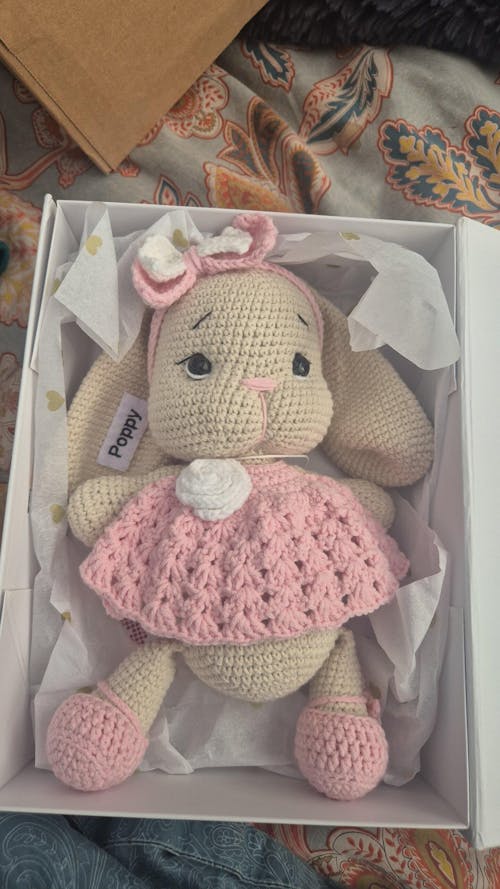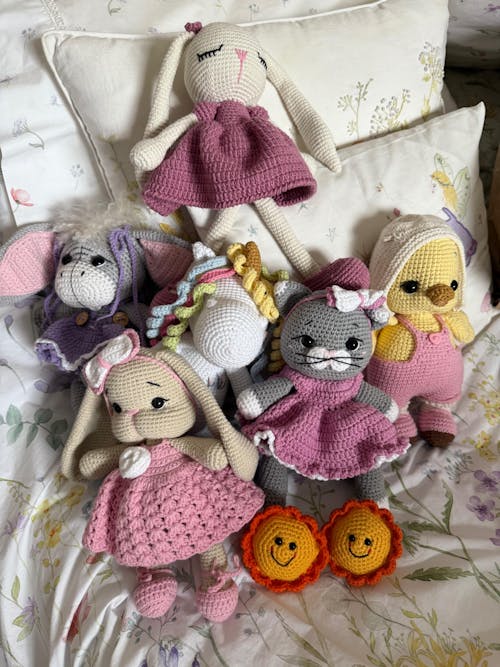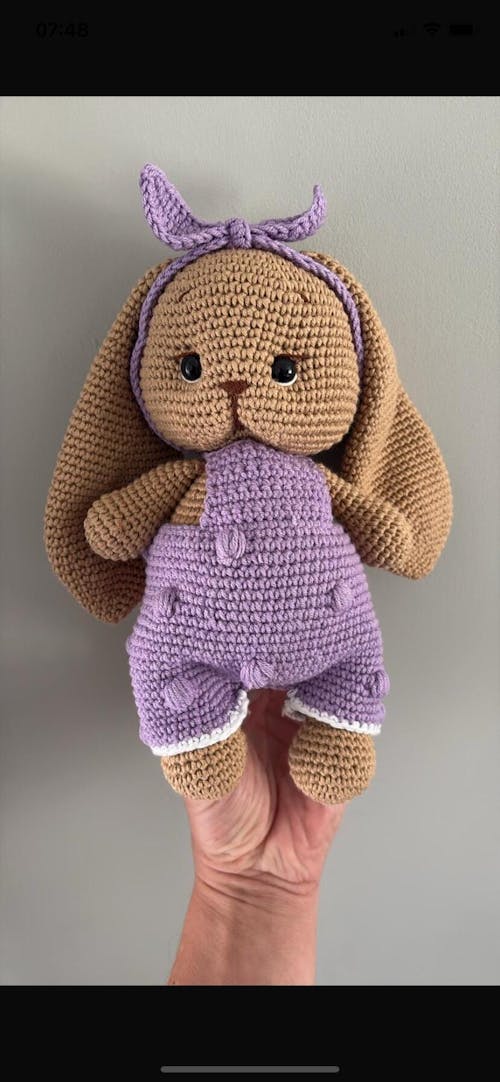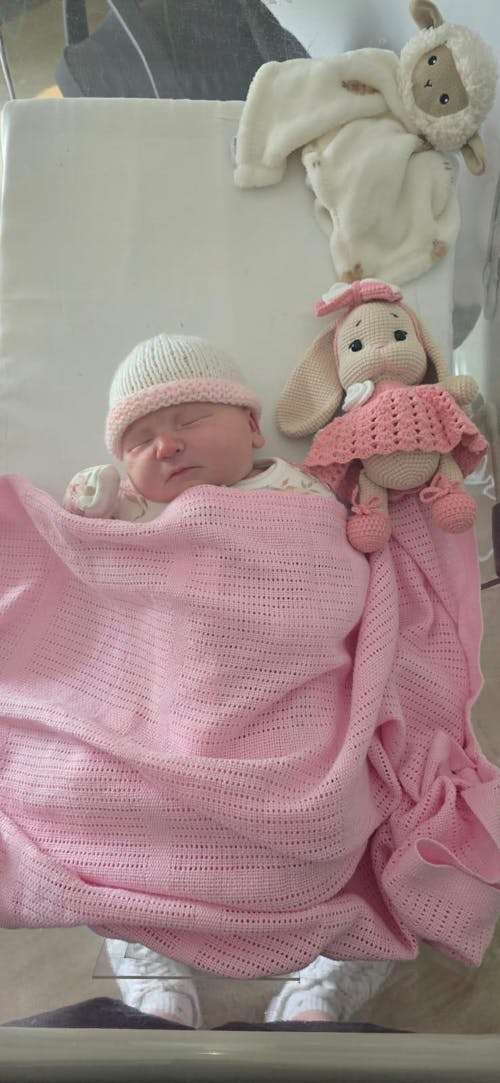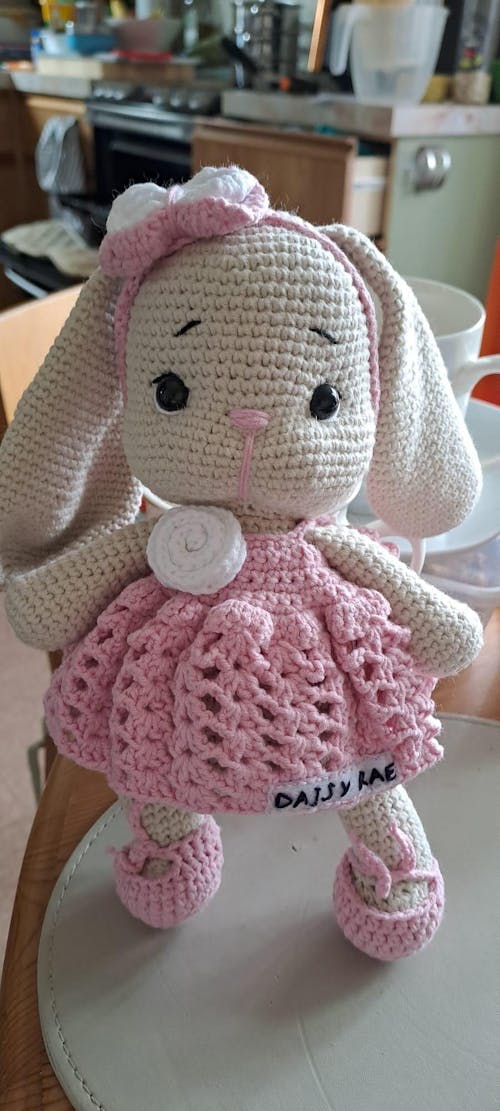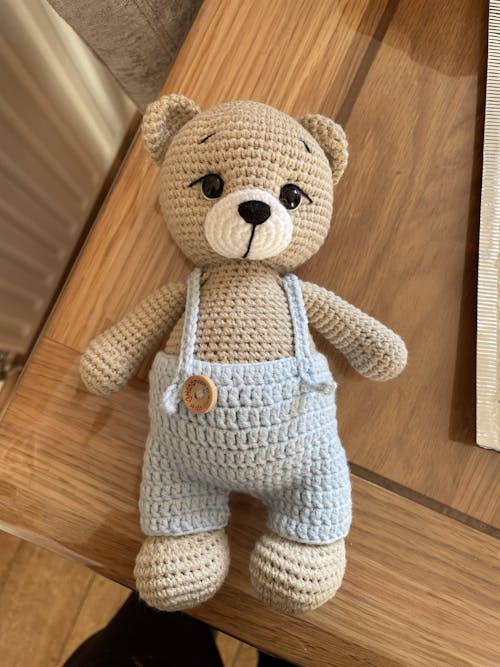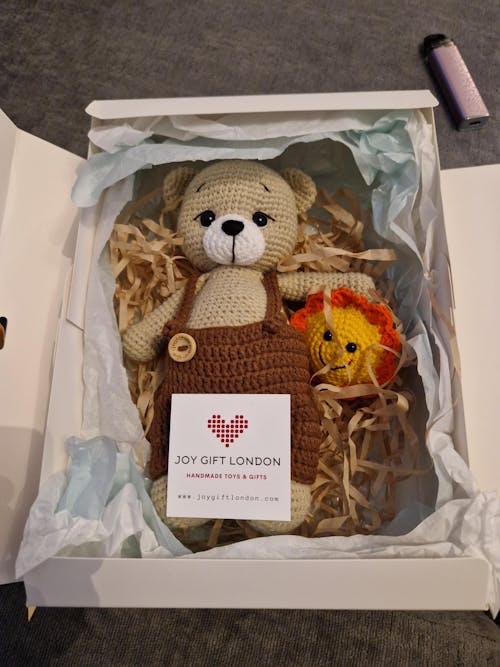Ensuring Child Safety: Key Certifications for Handmade Crochet Toys
Share
Introduction
As a creator of handmade crochet toys, ensuring child safety is your top priority. Certification plays a vital role in confirming that your toys are safe, reliable, and compliant with international standards. This blog post will guide you through the key certifications needed to ensure child safety for handmade crochet toys.
Why Certifications Matter
Certifications serve as proof that your toys meet stringent safety and quality standards. They help build trust with consumers and are often legally required to sell toys in various markets. By obtaining the necessary certifications, you not only comply with regulations but also demonstrate a commitment to producing safe and high-quality products.
Key Certifications for Crochet Toys
1. CE Marking (European Union)
Scope: Mandatory for toys sold in the European Economic Area (EEA).
Standards:
- EN 71-1: Mechanical and physical properties
- EN 71-2: Flammability
- EN 71-3: Migration of certain elements (chemical safety)
Process:
- Conduct a risk assessment.
- Ensure design and materials comply with EN 71 standards.
- Perform necessary testing (in-house or via an accredited lab).
- Compile technical documentation and a Declaration of Conformity (DoC).
- Affix the CE mark to your product.
2. UKCA Marking (United Kingdom)
Scope: Required for toys sold in Great Britain (England, Scotland, and Wales).
Standards: Follows the same EN 71 standards as the CE marking.
Process: Similar to the CE marking process but specific to the UK market.
3. ASTM F963 (United States)
Scope: Required for toys sold in the United States.
Standards:
- Covers various aspects of toy safety, including mechanical hazards, flammability, and chemical composition.
Process:
- Conduct a risk assessment.
- Ensure compliance with ASTM F963 standards.
- Perform necessary testing (typically via an accredited lab).
- Compile technical documentation.
- Affix the appropriate labeling indicating compliance.
4. CPSIA (United States)
Scope: The Consumer Product Safety Improvement Act (CPSIA) applies to all children's products sold in the U.S.
Requirements:
- Lead content limits
- Phthalates content limits
- Mandatory third-party testing and certification
Process:
- Conduct third-party testing.
- Obtain a Children's Product Certificate (CPC).
- Maintain testing and certification records.
- Ensure proper labeling and tracking information.
5. CCPSA (Canada)
Scope: Required for toys sold in Canada.
Standards:
- Hazardous substances regulations
- Mechanical and physical safety standards
Process:
- Conduct a risk assessment.
- Ensure compliance with Canadian safety standards.
- Perform necessary testing.
- Compile technical documentation.
- Ensure proper labeling and safety warnings.
6. AS/NZS ISO 8124 (Australia and New Zealand)
Scope: Required for toys sold in Australia and New Zealand.
Standards:
- Similar to EN 71 and ASTM standards, covering mechanical, physical, flammability, and chemical safety.
Process:
- Conduct a risk assessment.
- Ensure compliance with AS/NZS ISO 8124 standards.
- Perform necessary testing.
- Compile technical documentation.
- Affix the appropriate labeling indicating compliance.
7. ST Mark (Japan)
Scope: Required for toys sold in Japan.
Standards:
- Japanese Toy Safety Standard ST 2016, covering mechanical, physical, flammability, and chemical safety.
Process:
- Conduct a risk assessment.
- Ensure compliance with the ST 2016 standards.
- Perform necessary testing (typically via an accredited lab).
- Obtain certification from the Japan Toy Association.
- Affix the ST mark to your product.
Steps to Ensure Compliance
1. Conduct a Risk Assessment
Identify potential hazards associated with your crochet toys, including choking hazards, sharp points, and toxic materials.
2. Use Safe Materials
Ensure all materials used in your crochet toys are non-toxic and safe for children. Verify that your yarns, stuffing, and embellishments meet the required safety standards.
3. Ensure Robust Construction
Make sure all parts of the toy are securely attached and durable enough to withstand normal use. Loose parts can pose significant safety risks.
4. Perform Required Testing
Testing is essential to ensure compliance with safety standards. This can include:
- Mechanical and physical tests
- Flammability tests
- Chemical composition tests
5. Prepare Documentation
Compile a comprehensive technical file that includes:
- A detailed description of the toy
- Safety data sheets for materials used
- Test reports and risk assessments
- A Declaration of Conformity (DoC) or equivalent certification for each market
6. Affix Certification Marks
Once your toys have passed all necessary tests, you can affix the relevant certification marks, such as CE, UKCA, ASTM, CPSIA, CCPSA, AS/NZS, and ST Mark. Ensure the marks are:
- Visible
- Legible
- Indelible
7. Label Your Products Correctly
Ensure that your toys are labeled with the necessary information, including:
- Manufacturer’s name and address
- Product name and batch number
- Relevant safety warnings and age recommendations
Conclusion
Ensuring the safety of handmade crochet toys through key certifications is essential for both legal compliance and building consumer trust. By understanding and adhering to the certification requirements in different markets, you can confidently offer safe and high-quality toys to children worldwide. This not only enhances your brand’s reputation but also provides peace of mind to parents and guardians purchasing your products.
Additional Resources
- European Commission on Toy Safety
- UK Government Guidance on UKCA Marking
- U.S. Consumer Product Safety Commission (CPSC)
- Health Canada Consumer Product Safety
- Australian Competition & Consumer Commission (ACCC)
- Japan Toy Association ST Mark
By ensuring compliance with these safety standards, you can provide safe, high-quality crochet toys that delight children and satisfy parents.

